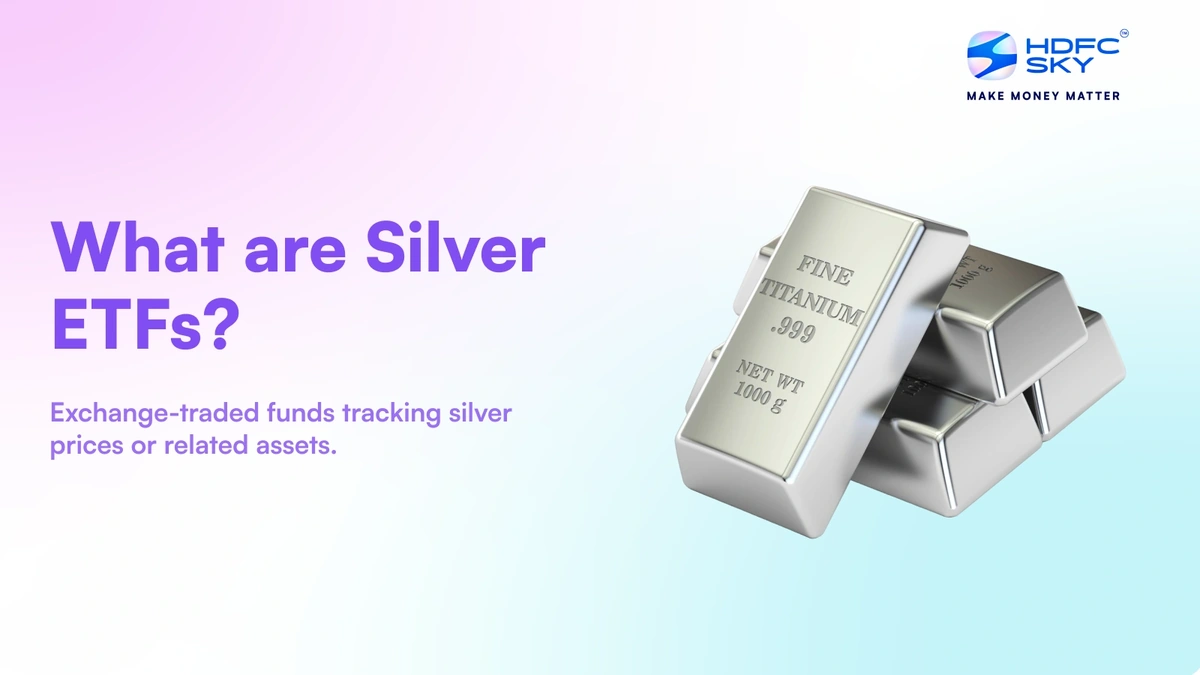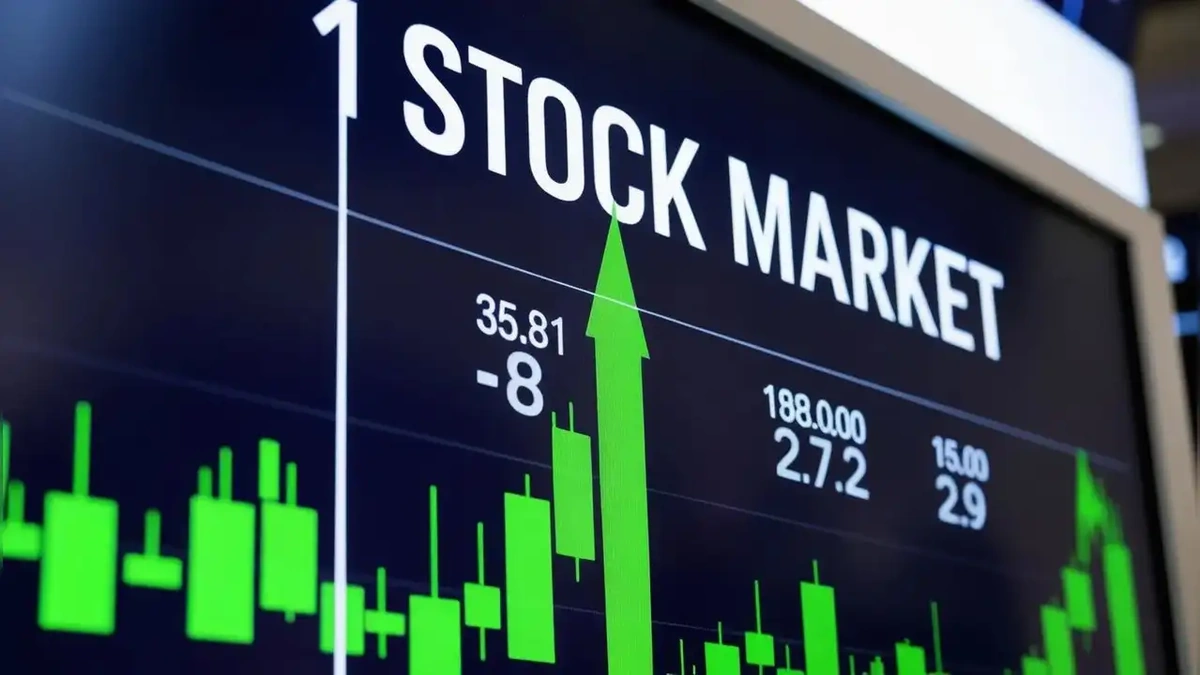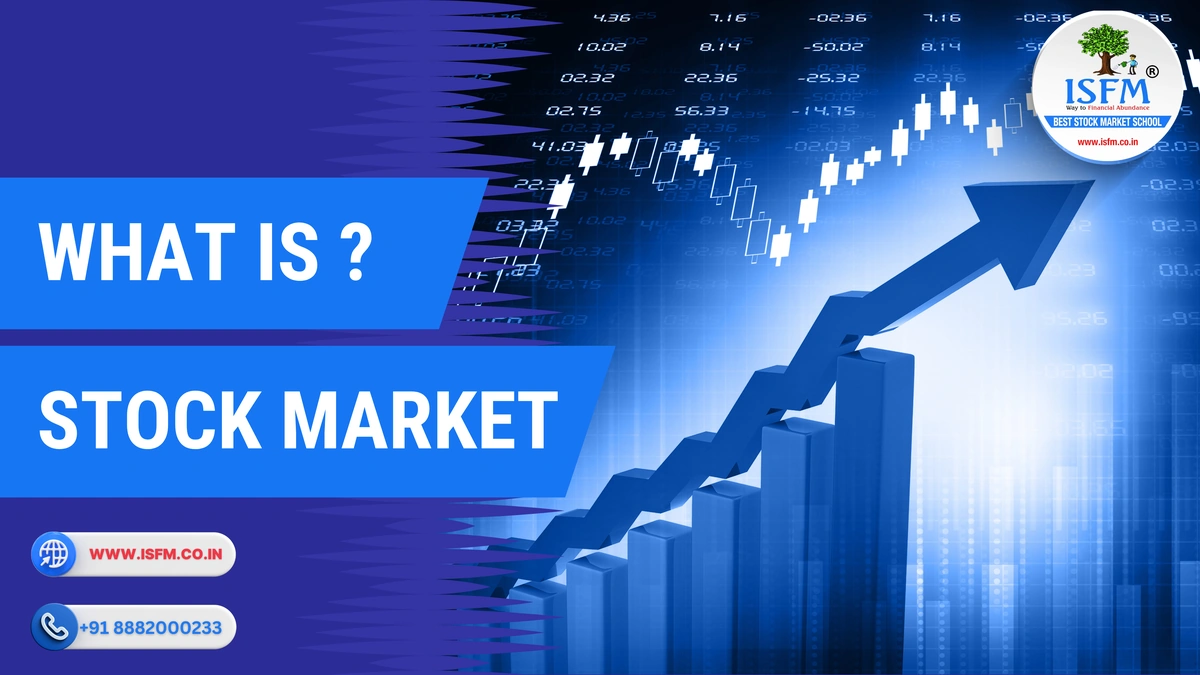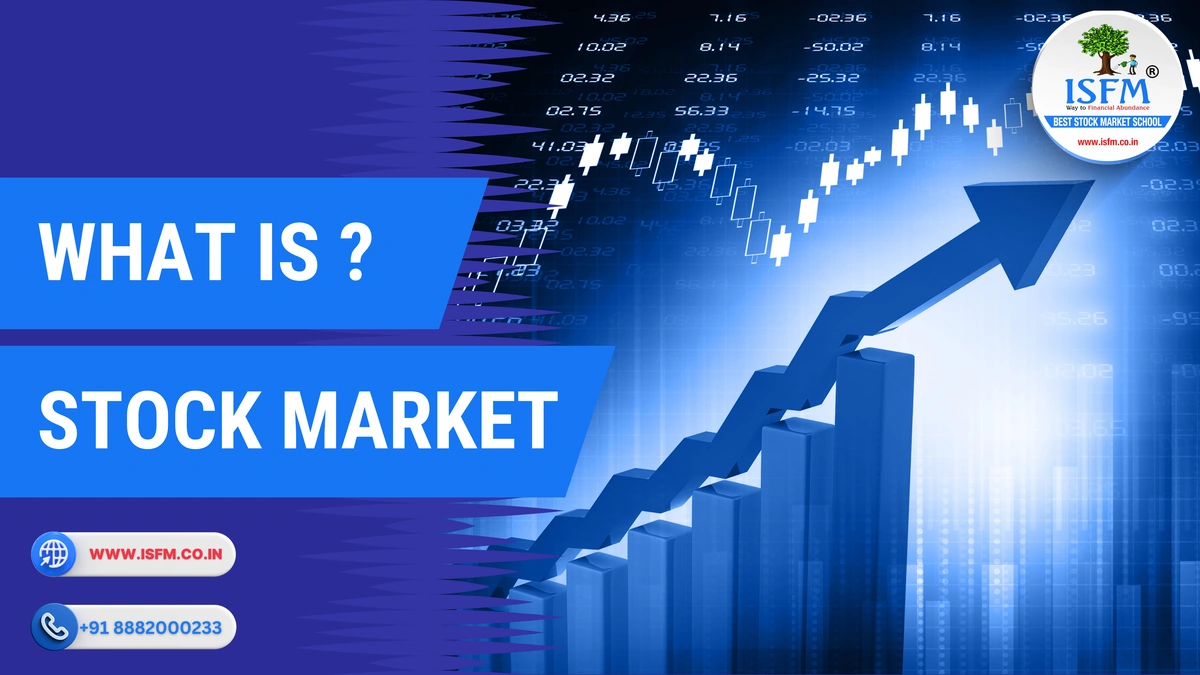Silver ETFs Trading at a Premium | A Guide for Investors
Ever noticed something selling for more than it’s actually worth? That’s the vibe with some silver ETFs right now. Here’s the thing: it’s not always straightforward, and understanding why this happens is crucial before you jump in. We’re not just talking about simple supply and demand here; there’s a lot more under the hood.
So, let’s dive deep. Why are silver ETFs sometimes trading at a premium? What does it even mean for you, the investor? And, most importantly, how do you navigate this potentially tricky landscape? Think of this as your friendly guide, cutting through the jargon to give you the straight facts.
Understanding the Premium | A Deep Dive
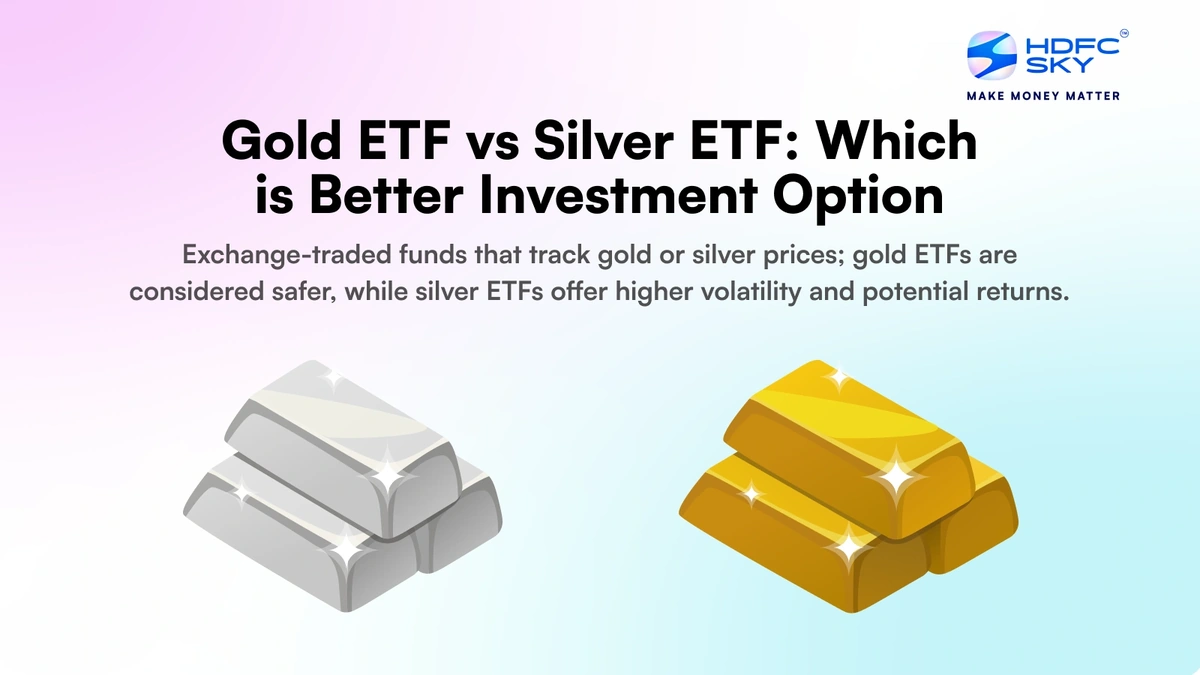
Okay, first things first. What exactly is a premium when we’re talking about silver ETFs ? In simple terms, it means the market price of the ETF is higher than its Net Asset Value (NAV). The NAV is essentially the ‘true’ value, calculated by taking the total value of the silver the ETF holds and dividing it by the number of outstanding shares. The premium or discount is an important element to consider when investing in ETFs .
But, why the disconnect? Well, a few factors can come into play. Strong demand is a big one. If more people want to buy the ETF than sell it, the price gets pushed up. This is especially true when there’s a lot of buzz around silver, like during times of economic uncertainty or inflation fears. Limited supply can also contribute. If the ETF provider can’t create new shares quickly enough to meet demand, the existing shares become more valuable. Sometimes, investors might look to other precious metals , but silver often draws a crowd.
I initially thought it was just a simple demand story, but then I realised there are more nuanced reasons. For example, market inefficiencies can play a role. If there are delays in pricing or trading the underlying silver assets, arbitrage opportunities can arise, leading to temporary premiums. Currency fluctuations can also muddy the waters, especially for ETFs that hold silver in different currencies.
Why It Matters to You | The Investor’s Perspective
So, you might be thinking, “Okay, a premium exists. Big deal.” But here’s the thing: it is a big deal. Paying a premium means you’re essentially paying more for the silver ETF than the silver it represents is actually worth. Let’s be honest – nobody wants to overpay!
This can eat into your returns. If you buy an ETF at a high premium and then the premium disappears (or even turns into a discount), you’ll lose money, even if the price of silver itself goes up. On the flip side, if you’re selling an ETF trading at a premium, you could get a higher price than you might otherwise expect. However, predicting these fluctuations is tricky, and relying on them for profit is generally a bad idea.
A common mistake I see people make is focusing solely on the price chart of the silver and ignoring the premium/discount. It’s crucial to check both! Sites like Bloomberg or the ETF provider’s website usually provide real-time NAV data. The one thing you absolutely must double-check is whether you’re comfortable with the price you are paying factoring in the premium.
And, don’t forget about trading costs. Buying or selling any ETF involves brokerage fees, and these can further reduce your returns, especially if you’re making frequent trades. Consider the impact of these expense ratios on overall performance. But, before you make any changes, consider reading about Vishal Mega Mart’s secret strategy to better your chances. This kind of strategic thinking is important for all investments.
Navigating the Premium | Practical Strategies
Alright, so how do you actually deal with this premium situation? Here’s a step-by-step guide to help you make smarter investment decisions when trading silver ETFs :
- Check the NAV: Always, always, always compare the market price of the ETF to its NAV before buying or selling. Most brokers provide this information, or you can find it on financial websites.
- Consider alternatives: If the premium is too high, explore other silver investment options like buying physical silver (bars or coins) or investing in silver mining companies. However, each of these approaches come with their own risks.
- Use limit orders: Instead of just placing a market order (which executes immediately at the best available price), use a limit order to specify the maximum price you’re willing to pay. This can help you avoid overpaying due to a high premium.
- Be patient: Don’t rush into a trade. Premiums can fluctuate rapidly, so waiting for a better price might be worth it. Market volatility plays a huge part.
And, if you are interested in a different investment, read about Greaves Cotton’s EV pivot . Keeping up with the market helps inform your decisions.
Beyond the Premium | Other Factors to Consider
While the premium is definitely important, it’s not the only thing you should be thinking about. Let me rephrase that for clarity – it’s a key piece of the puzzle, but not the whole picture. Consider also:
- Tracking Error: How closely does the ETF track the price of silver? Some ETFs are better than others.
- Expense Ratio: What are the management fees? These can eat into your returns over time. According to Investopedia, the expense ratio is the annual fee that all funds or ETFs charge their shareholders.
- Liquidity: How easy is it to buy and sell shares of the ETF? A low-liquidity ETF can be difficult to trade at a good price.
- Storage Costs: What are the costs associated with storing the underlying silver bullion in a vault or other secure location? These costs are typically passed on to investors through the ETF’s expense ratio.
What fascinates me is how interconnected everything is. Global economic events, geopolitical tensions, and even social media trends can all impact the price of silver and, therefore, the premium on silver ETFs . Investing isn’t just about crunching numbers; it’s about understanding the world around you.
The Future of Silver ETFs
The popularity of silver ETFs is likely to continue, driven by factors like increasing investor interest in precious metals, growing demand for silver in industrial applications (like electronics and solar panels), and the ongoing search for inflation hedges. However, the premium/discount dynamic is also likely to persist, creating both opportunities and risks for investors. As such, using tools to analyze your investments before deciding on your position is highly advisable.
FAQ About Silver ETFs
Frequently Asked Questions
What if I see a huge premium – should I automatically avoid the ETF?
Not necessarily. But investigate why the premium exists. Is it temporary? Is there a genuine shortage of supply? If you understand the reason, you can make a more informed decision.
Can a silver ETF trade at a discount instead of a premium?
Absolutely. A discount means the ETF is trading below its NAV. This can happen when there’s more selling pressure than buying pressure. It can be an opportunity, but again, do your research.
Are all silver ETFs created equal?
Definitely not. They can vary in terms of their expense ratios, tracking error, liquidity, and the way they hold silver (physically or through futures contracts). Read the prospectus carefully.
Should I invest in physical silver instead?
That’s a valid option. Physical silver has its own advantages (you own the actual metal) and disadvantages (storage costs, security concerns). It depends on your individual circumstances and investment goals.
How do I find the NAV for a particular silver ETF?
Check the ETF provider’s website or use a reputable financial data provider like Bloomberg, Reuters, or Google Finance. Just search for the ETF ticker symbol and look for the NAV data.
So, there you have it – a comprehensive guide to navigating the world of silver ETFs and their premiums. Remember, investing always involves risk, and past performance is never a guarantee of future results. But with a little knowledge and a lot of due diligence, you can make smarter, more informed decisions and potentially profit from the silver market. But before you invest, it’s important to determine market conditions . That way, you can make the decision that’s right for you!
